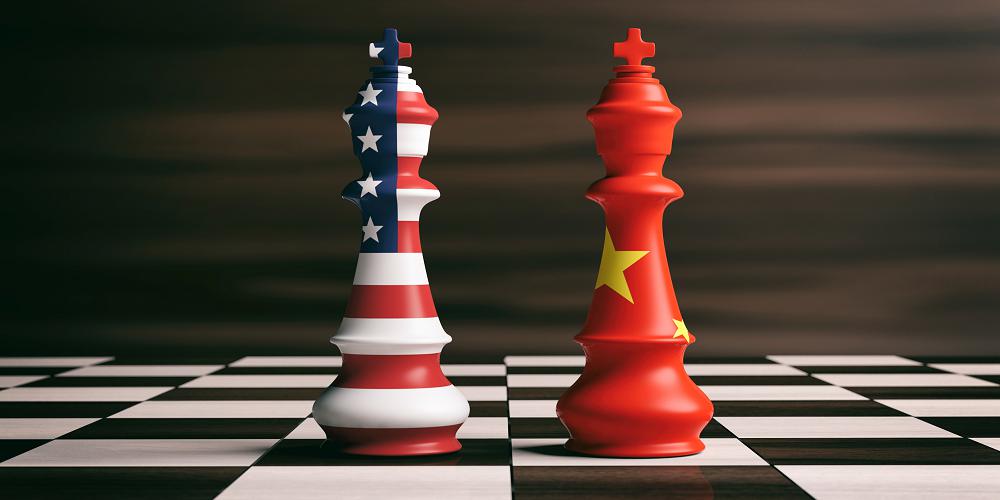
- The People’s Republic of China’s (PRC’s) strategy aims to achieve “the great rejuvenation of the Chinese nation” by 2049. China’s strategy can be characterized as a determined pursuit of political and social modernity that includes far-ranging efforts to expand China’s national power, perfect its governance systems, and revise the international order.
- The Chinese Communist Party (CCP) frames this strategy as an effort to realize long-held nationalist aspirations to “return” China to a position of strength, prosperity, and leadership on the world stage.
- The CCP’s leadership has long viewed China as embroiled in a major international strategic competition with other states, including, and in particular, the United States.
- In 2019, China intensified its efforts to advance its overall development including steadying its economic growth, strengthening its armed forces, and taking a more active role in global affairs.
Foreign Policy
- The PRC’s foreign policy seeks to revise aspects of the international order on the Party’s terms and in accordance with ideas and principles it views as essential to forging an external environment conducive to China’s national rejuvenation.
- In 2019, the PRC recognized that its armed forces should take a more active role in advancing its foreign policy, highlighting the increasingly global character that Beijing ascribes to its military power.
Economic Policy
- The CCP prioritizes economic development as the “central task” and the force that drives China’s modernization across all areas, including its armed forces.
- China’s economic development supports its military modernization not only by providing the means for larger defense budgets, but through deliberate Party-led initiatives such as OBOR and Made in China 2025, as well as the systemic benefits of China’s growing national industrial and technological base.
Military-Civil Fusion (MCF) Development Strategy
- The PRC pursues its MCF Development Strategy to “fuse” its economic and social development strategies with its security strategies to build an integrated national strategic system and capabilities in support of China’s national rejuvenation goals.
- MCF encompasses six interrelated efforts: (1) fusing the China’s defense industrial base and its civilian technology and industrial base; (2) integrating and leveraging science and technology innovations across military and civilian sectors; (3) cultivating talent and blending military and civilian expertise and knowledge; (4) building military requirements into civilian infrastructure and leveraging civilian construction for military purposes; (5) leveraging civilian service and logistics capabilities for military purposes; and, (6) expanding and deepening China’s national defense mobilization system to include all relevant aspects of its society and economy for use in competition and war.
- While MCF has broader purposes than acquiring foreign technology, in practice, MCF means there is not a clear line between the PRC’s civilian and military economies, raising due diligence costs for U.S. and global entities that do not desire to contribute to the PRC’s military modernization.
Defense Policy & Military Strategy
- The PRC has stated its defense policy aims to safeguard its sovereignty, security, and development interests. China’s military strategy remains based on the concept of “active defense.”
- In 2019, the PLA remained primarily oriented towards longstanding regional threats while emphasizing a greater global role for itself in accordance with China’s defense policy and military strategy.
- China’s leaders stress the imperative of meeting key military transformation markers set in 2020 and 2035. These milestones seek to align the PLA’s transformation with China’s overall national modernization so that by the end of 2049, China will field a “world-class” military.
- The CCP has not defined what it means by its ambition to have a “world-class” military. Within the context of China’s national strategy, however, it is likely that China will aim to develop a military by mid-century that is equal to—or in some cases superior to—the U.S. military, or that of any other great power that China views as a threat to its sovereignty, security, and development interests.
Source: Office of The Secretary Of Defense Annual Report to Congress: Military and Security Developments Involving the People’s Republic of China 2020
Published by permission of DOD.






